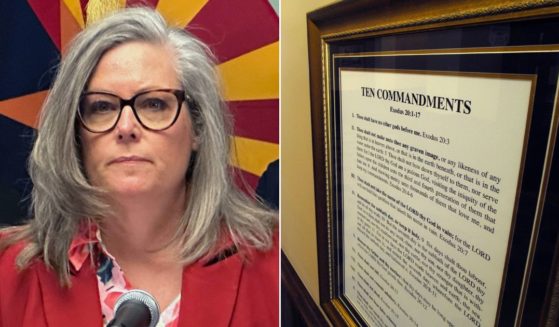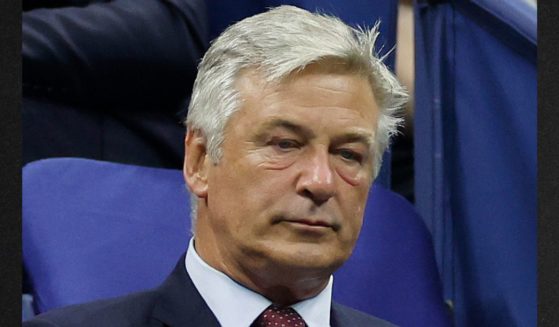Skeptic on radiation limits will head EPA radiation panel
WASHINGTON (AP) — The Environmental Protection Agency has appointed a scientist who argues for easing regulations on lower-level radiation exposures to lead the agency’s radiation advisory committee.
Acting EPA head Andrew Wheeler on Thursday announced the appointment of Brant Ulsh, a health physicist, as one of the EPA’s science advisers and the panel chairman. Ulsh has been a leading critic of the EPA’s decades-old position that exposure to any amount of ionizing radiation is a cancer risk.
In a paper he co-wrote last year, Ulsh and a colleague argued that the position was based on outdated scientific information and forced the “unnecessary burdens of costly clean-ups” on facilities working with radiation.
The EPA under President Donald Trump has targeted a range of environmental protections, in line with Trump’s arguments that overly strict environmental rules have hurt U.S. businesses. Environmental and public health advocates say the rollbacks threaten the health and safety of Americans.
Some environmental groups and scientists have criticized what they say is the administration’s openness to an outlier position on radiation risks.
“Once again the Trump administration is moving to the fringe for its scientific advice, choosing someone who could undercut foundational protections from radiation,” Bemnet Alemayehu, a staff scientist at the Natural Resources Defense Council environmental advocacy group, said in a statement Friday. “We need sound science to dictate health protections, not dangerous theories.”
EPA spokesman John Konkus declined comment Friday, referring a reporter to a news release announcing the appointment.
Ulsh did not immediately respond to an email Friday asking for comment, including whether he intended to use the advisory position to encourage reconsideration of the EPA’s no-tolerance policy on lower doses of radiation exposure.
Last year, Ulsh told The Associated Press that “we spend an enormous effort trying to minimize low doses” at nuclear power plants, for example.
“Instead, let’s spend the resources on minimizing the effect of a really big event,” he said.
U.S. agencies have long maintained there is no threshold of radiation exposure that is risk-free.
The National Council on Radiation Protection and Measurements reaffirmed that last year after reviewing 29 public health studies on cancer rates among people exposed to low-dose radiation.
The EPA last year proposed a rule that would have instructed regulators to consider “models across the exposure range” when it comes to dangerous substances.
Environmental groups and some scientists expressed concern then that the directive could open the way for an agency retreat from its long-standing no-tolerance rule for ionizing radiation exposure. But the proposed rule did not mention radiation, and EPA officials denied it would have applied to radiation. It said the agency still follows its no-tolerance guidelines.
But the EPA’s proposal last year did specify consideration of a particular scientific model, called the U curve, put forward by Edward Calabrese, a toxicologist and leading proponent of the theory that exposure to radiation and other hazardous substances can actually be healthy at low doses
The EPA’s initial news release on the rule last April quoted Calabrese as praising the proposal, calling it a “major scientific step forward” in assessing the risks of “chemicals and radiation.”
EPA calendars obtained through the Freedom of Information Act show an appointment between Calabrese and EPA chief of staff Ryan Jackson on June 28, 2017, early in the tenure of Scott Pruitt, Wheeler’s predecessor.
The proposal on exposure was part of a larger rule that would have overhauled how the agency considers scientific studies. Amid controversy over the proposal, the agency late last year put off any final version of the changes until 2020.
The Western Journal has not reviewed this Associated Press story prior to publication. Therefore, it may contain editorial bias or may in some other way not meet our normal editorial standards. It is provided to our readers as a service from The Western Journal.
Truth and Accuracy
We are committed to truth and accuracy in all of our journalism. Read our editorial standards.












